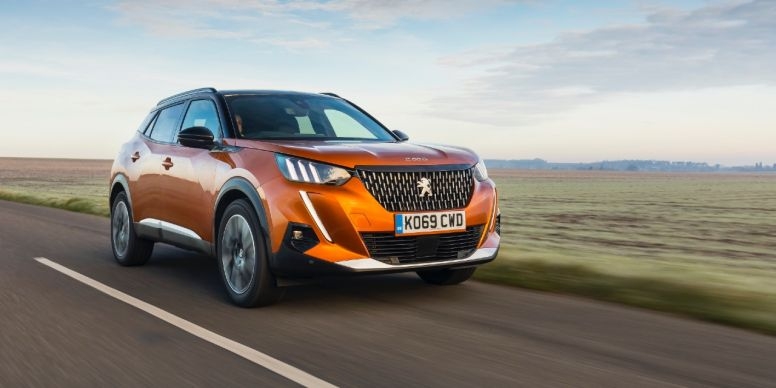Writing car reviews that are useful to other potential car buyers is an interesting and useful experience. This is also a good way to improve the ability of observation and analysis. If you have a passion for cars and writing skills, car reviews can provide you with an ideal outlet to connect your interests.
Consider your audience. Those who want to buy a family car don't care about these details as much as sports car lovers. If you are evaluating an environmentally friendly electric vehicle, you should include information about how much carbon dioxide is reduced each time you drive.
If you are writing for a car enthusiast magazine, you may include more details than writing for a mainstream magazine or newspaper, because car enthusiasts know more about cars than ordinary people.
Consider how to start your car reviews. There are many ways to make your comments. The tone you use in your writing and the way you start commenting depend on your readers, your care experience, and the channels through which you write. Whatever you do in the first few sentences, be sure to summarize your experience.
Your audience may accept or be familiar with the manufacturer of a car or specific vehicle. You may want to start by addressing prejudice, anxiety, or stereotypes. You can quote. This sentence can be the words of celebrities or people you know. The quotation must be appropriate and relevant to your driving review. If your driving experience is great or bad, say it directly.
Organize your review. To organize a review, you need to identify the main components or aspects that are useful to the reader and discuss them in turn. Your comment organization depends on the car, how many words you can write, what the audience wants, and the editor's preferences.
Generally speaking, you will start with summing up experience and end with the final evaluation.
The middle part of the comments is highly customizable. A car review may include safety features, style, and design, engine specifications, technological innovation, or the ability of the car to travel on rough surfaces.
Create a system to evaluate cars according to relevant standards. The general ranking system will give the car a score of one to five stars. You can choose a rating from 1 to 5 stars. 5 stars represent a perfect car. Alternatively, you can rank cars in the range of 1 to 100 and assign higher values to better cars
You can also choose to give up the final score and let your writing express your feelings about the car.
In addition to the overall final rating, you can also provide separate sub ratings for all aspects of the car, such as its value, design, and safety.
Set a standard to evaluate your car. For example, in the "acceleration" category, if a car reaches 60 mph in 12 seconds, you may give it 3 stars, if a car reaches this speed in 8-11 seconds, you will give it 4 stars, and if a car reaches this speed in 7 seconds or less, you will give it 5 stars.
Describes the basics. Be clear about the car you want to check. List the manufacturer, year (assuming an old car), model, and price. Sometimes, this information is introduced in the body of the review. At other times, it will appear at the top of the evaluation report with the title "evaluation: Mazda Miata 2016 (suggested retail price: $50000)" or a similar layout
Your comments can also list the conclusions in the form of a five-star rating system at the top.
Include relevant details. Focus on the facts. How fast does the car accelerate? What is the size of this car? How is the fuel economy? There are also many relevant subjective (opinion-based) details. For example, what is the performance of this car? Is it beautiful inside and outside? Is the steering wheel too big or too small? Use these and other related questions to focus your attention when writing comments.
Some details that have nothing to do with the quality of the car can improve your writing. Provide the personality of the car dealer, or the manufacturing history of the car that may be of interest to you, and add personality and depth to the comments. However, in general, you should omit details that have nothing to do with the quality of the driving experience.
Don't include your personal itinerary unless it shows that driving on different terrain (such as dirt roads) will give you a new understanding of the quality of the vehicle.
Be honest in your comments. Don't feel obligated to write a good or bad comment based on other people's views or opinions on the quality of a car. If you like that car, or you don't like that car, explain why. An honest comment is useful to readers.




